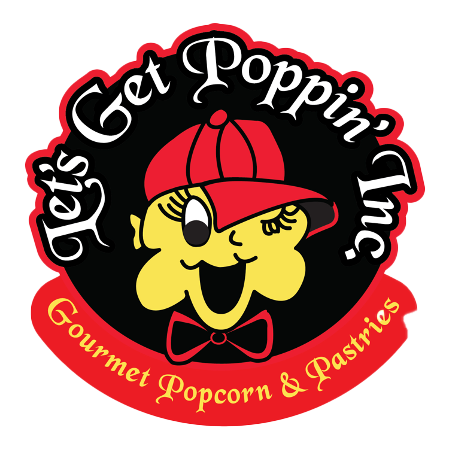A Lifelong Passion, Let’s Get Poppin, Inc.
It all started back in 1995 with a little lady and a big dream. Barbara Marsh, who is affectionately known as “Bobbie,” by loved ones and friends; was determined to bring the highest quality recipe to her brand of popcorn. Her commitment to only use natural ingredients, no preservatives, or additives, has made Let’s Get Poppin (LGP) a staple in the community for nearly 3 decades.
As a black women-owned business, Bobbie has supported the community through fundraisers and donating a percentage of her sales for economic and social impact.
Even today, her process to produce her addictively delicious popcorn has not changed. From her fresh natural ingredients to hand tossing each batch for the right amount of consistency on every kernel.
We invite you to try our various flavors by visiting LGP in store located at 11758 S. Western Ave., Chicago, Illinois, 60643 or online at Letsgetpoppin.com.
- Bobbie (approved)


